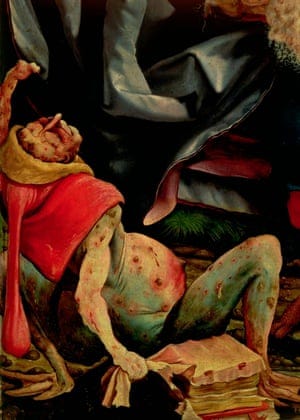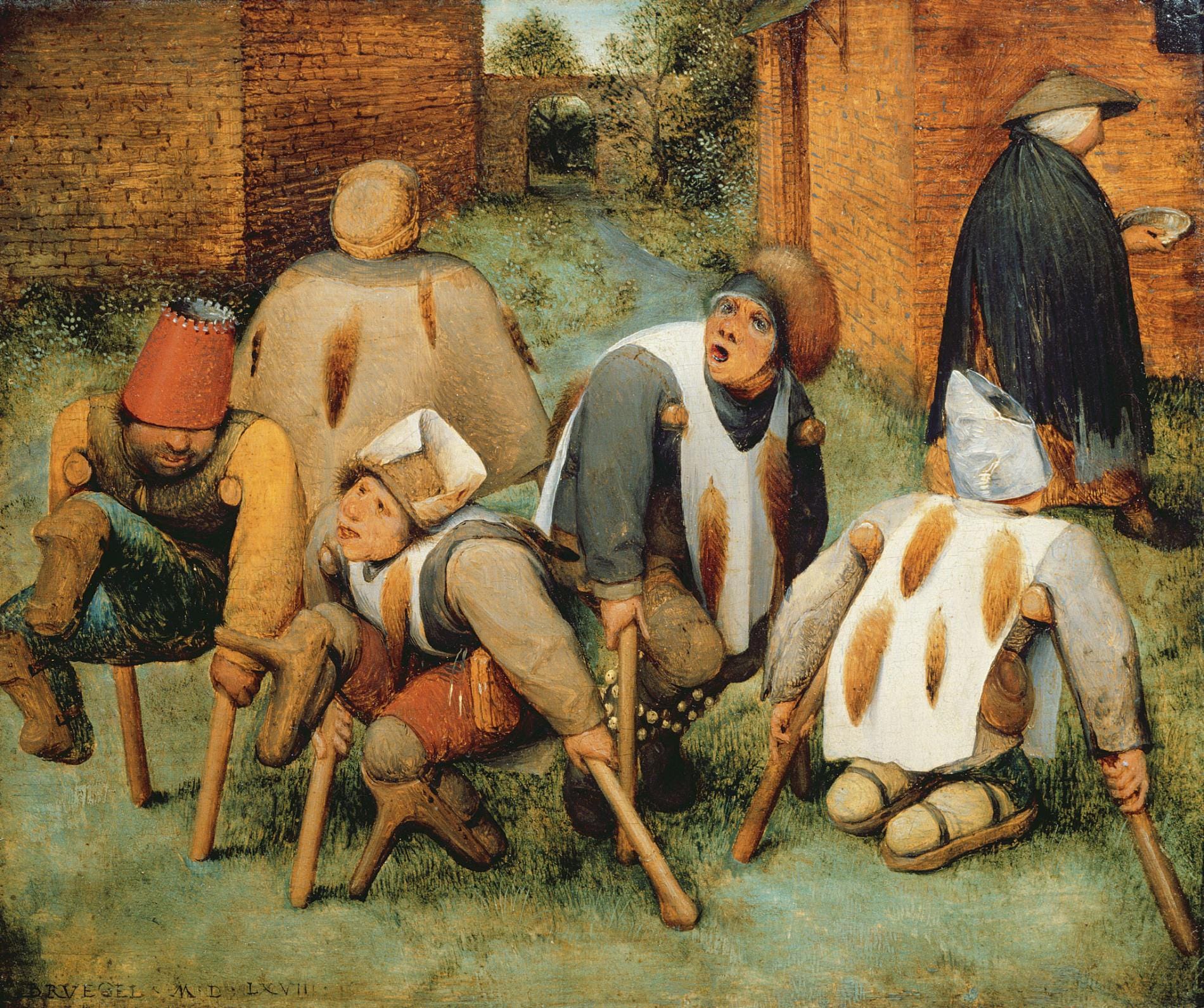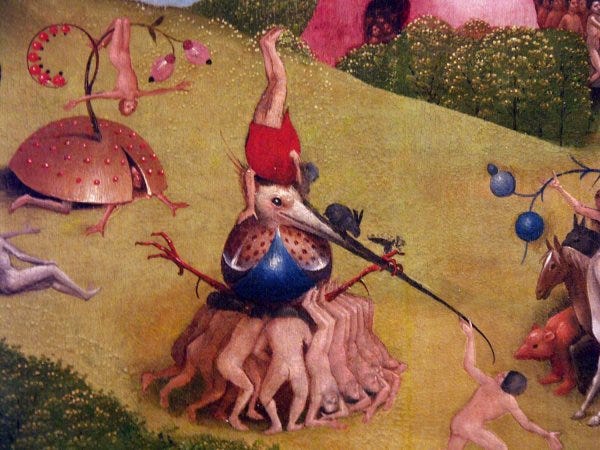Art & ergotism
Individual project research (4)
Ergotism, or ‘St-Anthony’s Fire’, is a Middle-Age disease that appeared from the absorption of ergot fungi that were found on rye and other cereals (fig.1), which were then used to make bread and could infect a whole village. The fungus was associated with witchcrafts and caused the death of tens of thousands of people throughout the Middle-Age.

The intake of that fungus provokes soreness, convulsions, hallucinations and can even lead to member loss in severe cases. The gangrenous effects of the ergot fungus was depicted by several middle-aged painters, notably Matthias Grünewald (fig.2); Hieronymus Bosch (fig.3); and Bruegel the Elder (fig.4).



The fantastic and surrealistic subjects and figures that appear in Hieronymus Bosch’s paintings could be a reason to suspect that the painter himself experienced — voluntarily or not — the effects of the fungus. I am not arguing that every hallucinated painting is the fruits of substance absorption, I am just trying to imagine how it was.
The fungus’ alkaloid will later, in 1938, be synthesised by the Swiss chemist Albert Hoffman who accidentally created LSD (Lysergic Acid Diethaylamide).
If it was proven that great artists like Grünewald or Bosch were high on LSD’s ancestor, would it take away any of their paintings’ qualities? Or would it alter our interpretation or the way we gaze at it? Would the essence of the painting change? Or its meaning?
I like to imagine that Bosch’s hallucinated scenes and depictions were the fruit of a chemically-induced experience.


